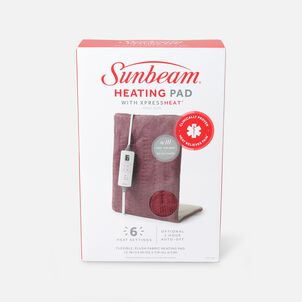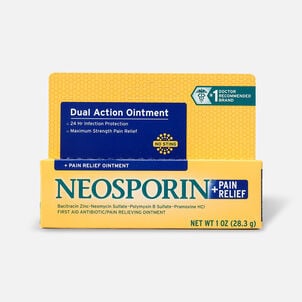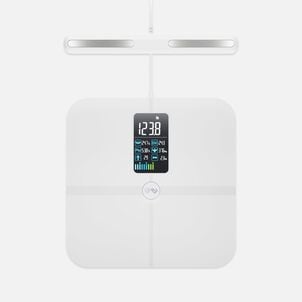Many painful conditions — from arthritis, to pulled muscles, to inflammation — are treated with ice packs or heating pads. Treating pain with heat or cold can be extremely effective for a number of different conditions and injuries — and the good news is it’s easily affordable.
The tricky part is knowing which situations call for heat, and which call for cold. Sometimes a single treatment will even include both.
As a general rule of thumb, use ice for acute injuries or pain, along with inflammation and swelling, and use heat for muscle pain or stiffness. As always, check with your doctor or medical provider for medical advice.
Heat therapy
Heat therapy works by improving circulation and blood flow to a particular area due to increased temperature. Increasing the temperature of the affected area even slightly can soothe discomfort and increase muscle flexibility. Heat therapy can relax and soothe muscles and help heal damaged tissue.
There are two different types of heat therapy: dry heat and moist heat. Both types of heat therapy should aim for “warm” as the ideal temperature instead of “hot.”
Dry heat therapy includes sources like heating pads, dry heating packs, and even saunas. This heat is easy to apply.
Moist heat includes sources like steamed towels, moist heating packs, or hot baths. Moist heat may be slightly more effective as well as require less application time for the same result.
When applying heat therapy, you can choose to use local, regional, or whole-body treatment. Local therapy is best for small areas of pain, like one stiff muscle. You could use small, heated gel packs or a hot water bottle if you only want to treat an injury locally. Regional treatment is best for more widespread pain or stiffness, and could be achieved with a steamed towel, large heating pad, or heat wraps. Full body treatment would include options like saunas or a hot bath.
When not to use
There are certain cases where heat therapy should not be used. If the area in question is either bruised or swollen (or both), it may be better to use cold therapy. Heat therapy also shouldn’t be applied to an area with an open wound.
People with certain pre-existing conditions should not use heat therapy due to a higher risk of burns or complications due to heat application. These conditions include diabetes, dermatitis, vascular diseases, deep vein thrombosis, and multiple sclerosis (MS). If you have either heart disease or hypertension, ask your doctor before using heat therapy, and if you are pregnant, check with your doctor before using saunas or hot tubs.
Applying heat therapy
Heat therapy is often most beneficial when used for a good amount of time, unlike cold therapy, which needs to be limited. Minor stiffness or tension can often be relieved with only 15 to 20 minutes of heat therapy. Moderate to severe pain can benefit from longer sessions of heat therapy like a warm bath, lasting between 30 minutes and two hours.
Cold therapy
Cold therapy is also known as cryotherapy. It works by reducing blood flow to a particular area, which can significantly reduce inflammation and swelling that causes pain, especially around a joint or a tendon. It can temporarily reduce nerve activity, which can also relieve pain.
There are a number of different ways to apply cold therapy to an affected area. Treatment options include ice packs or frozen gel packs, coolant sprays, ice massage, and ice baths.
When not to use
People with sensory disorders that prevent them from feeling certain sensations should not use cold therapy at home as they may not be able to sense if it gets too cold. This includes diabetes, which can result in nerve damage and reduced sensitivity. You should also not use cold therapy on stiff muscles or joints or if you have poor circulation.
Applying cold therapy
For home treatment, apply an ice pack wrapped in a towel or ice bath to the affected area. You should never apply a frozen item directly to the skin, as it can cause damage to the skin and tissues. Apply cold treatment as soon as possible after an injury.
Use cold therapy for short periods of time, several times a day. Ten to 15 minutes is fine, and no more than 20 minutes of cold therapy should be used at a time to prevent nerve, tissue, and skin damage. You can elevate the affected area for best results.
Cold and hot therapy are both effective
Knowing when to use cold therapy and when to use heat therapy will significantly increase the effectiveness of the treatment. Some situations will require both. Arthritic patients, for example, may use heat for joint stiffness and cold for swelling and acute pain.
If either treatment makes the pain or discomfort worse, stop it immediately. If the treatment hasn’t helped much with regular use in a few days, you can make an appointment to see your doctor to discuss other treatment options.
-
Thank you for visiting the FSA Store Learning Center. Don’t forget to follow us for more helpful tips on Facebook, Instagram, and Twitter.



































